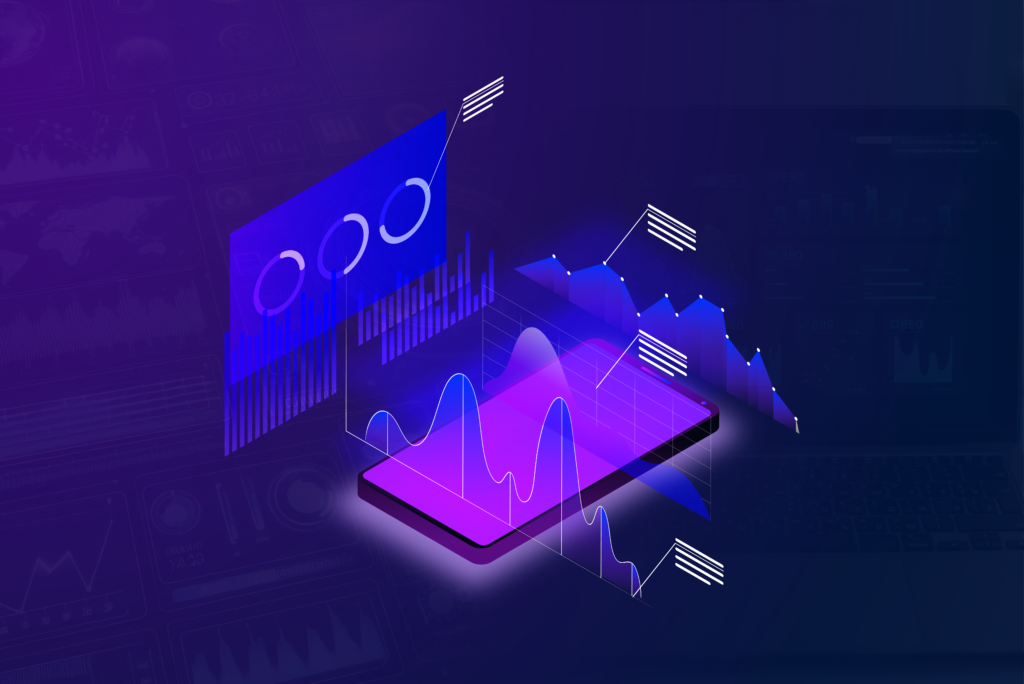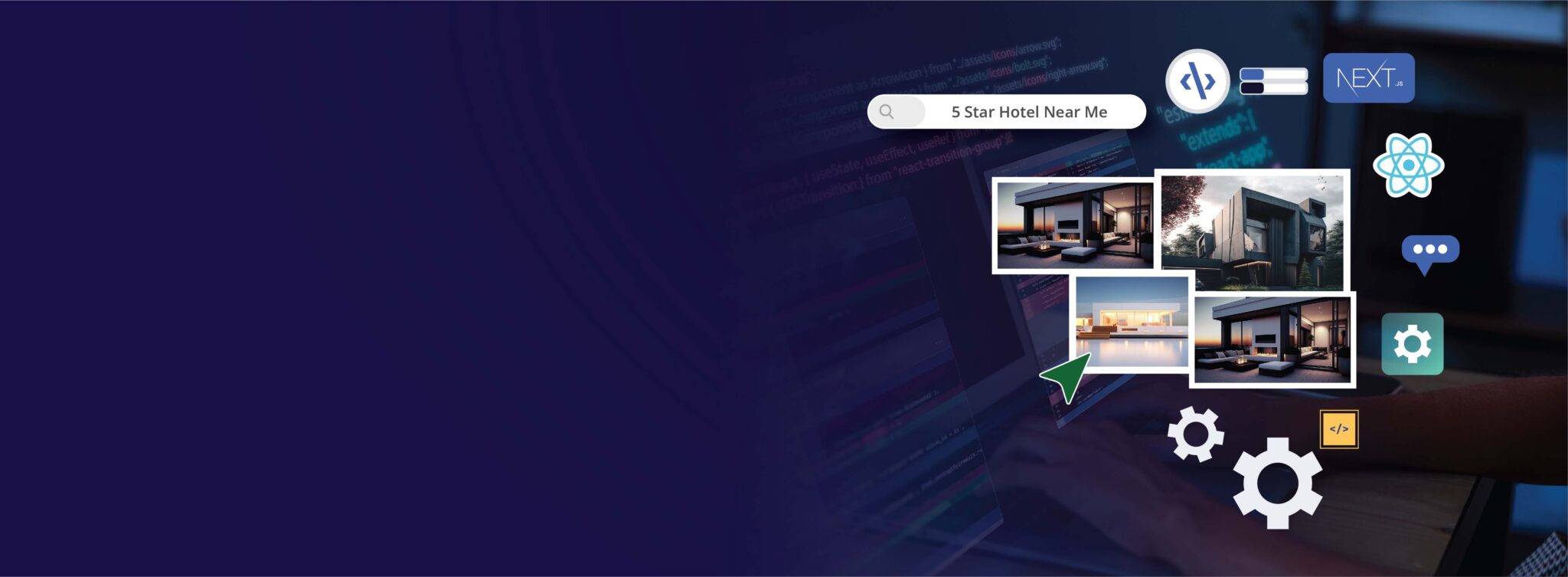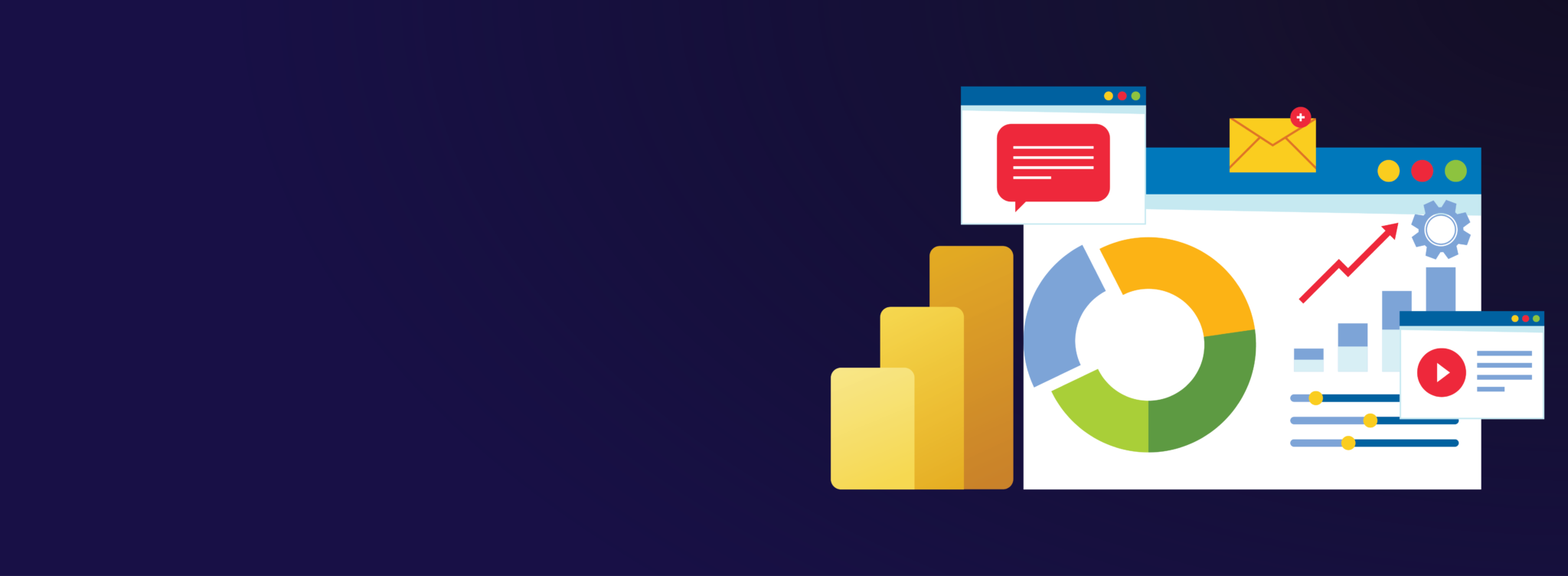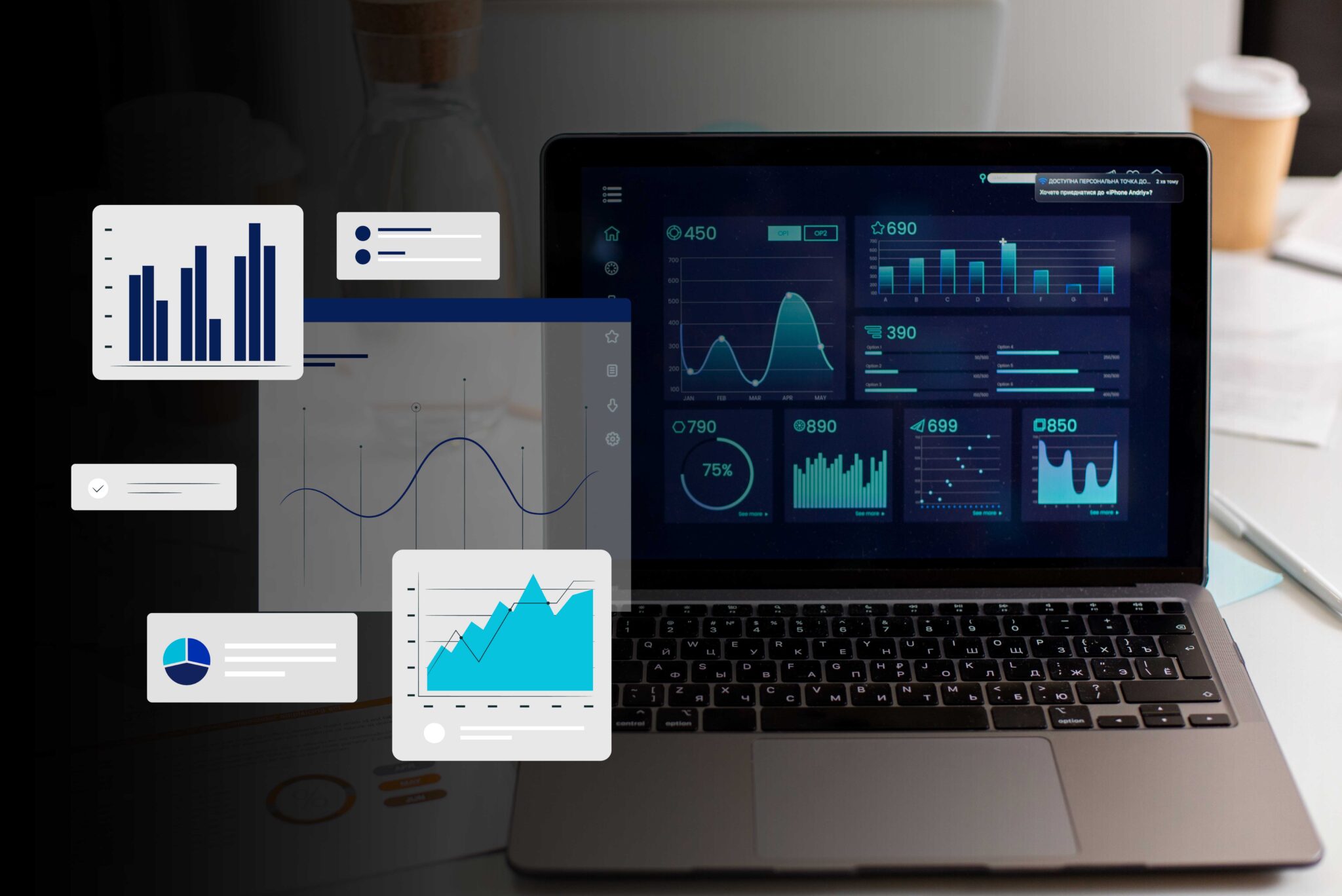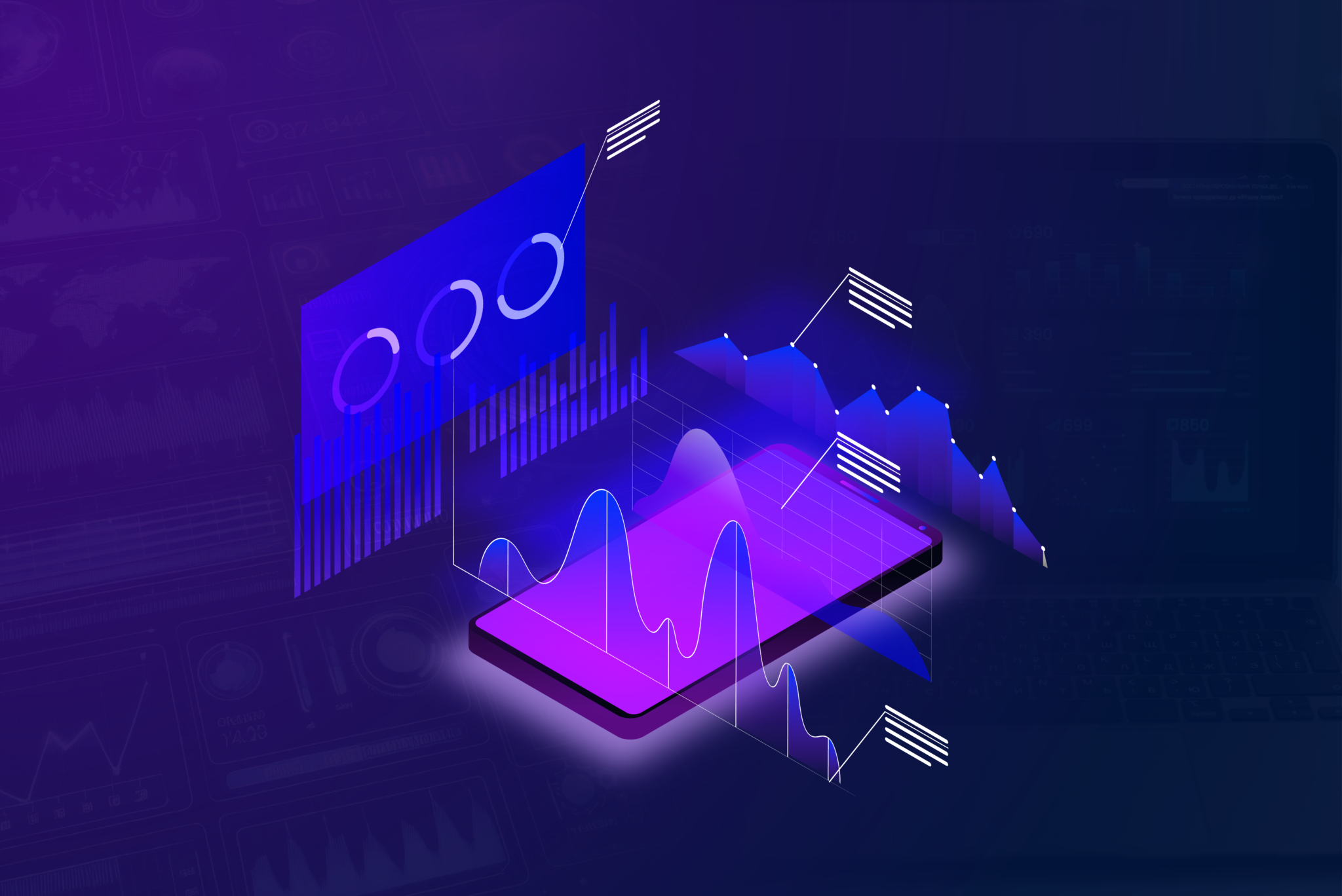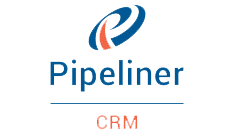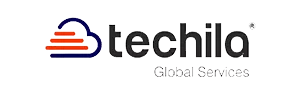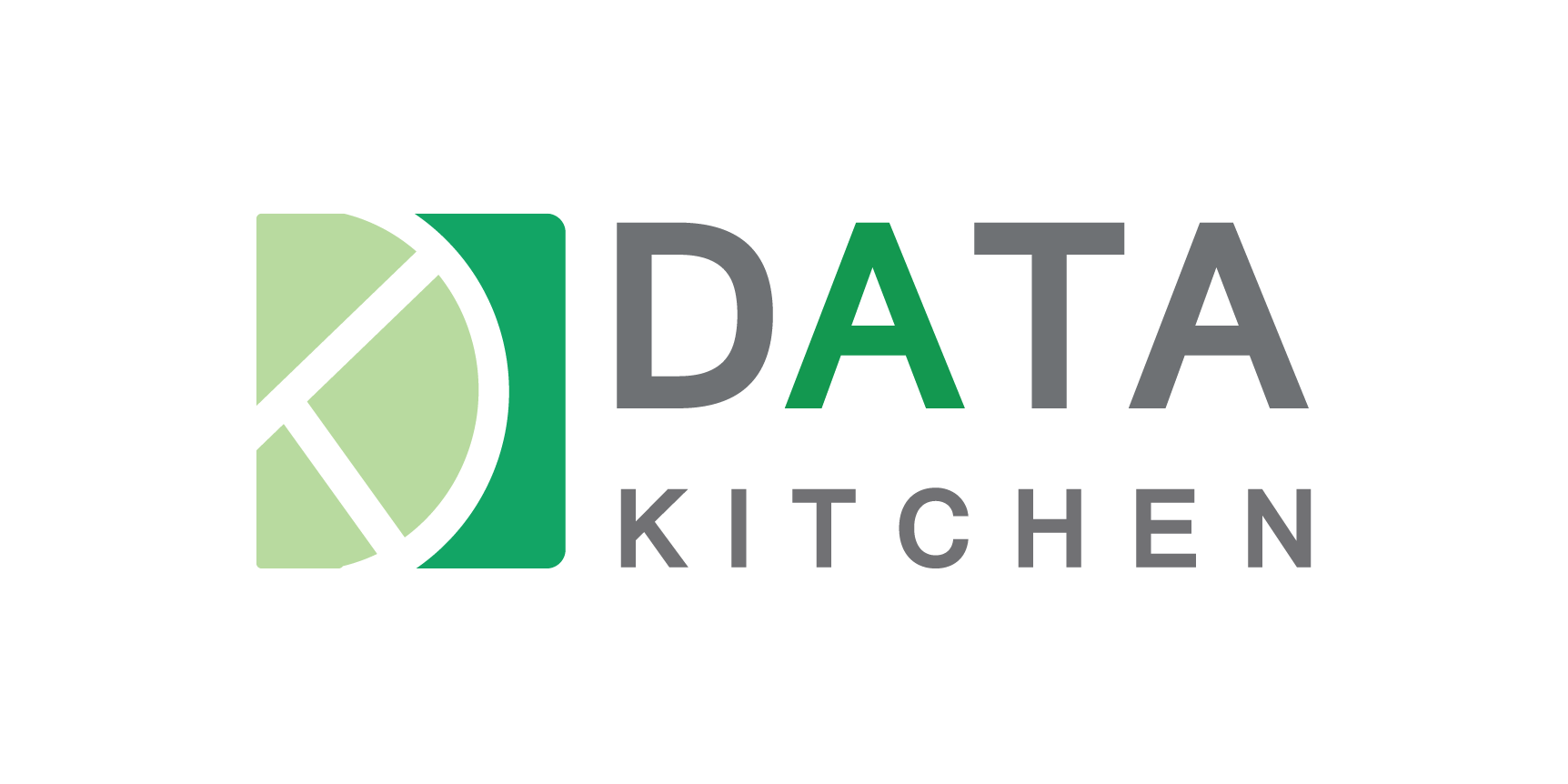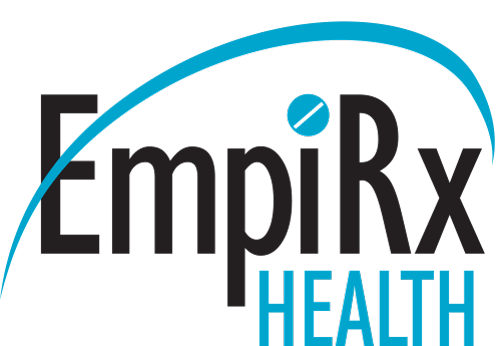Introduction:
Choosing the right data analytics tools and technologies can innovate the way businesses operate, approach information and achieve goals. As now we have so many options available in the market, it has become quite challenging to choose the right tool for your requirements. So, let us discuss the top eight data analytics tools and technologies of 2024. These tools are known for their advanced capabilities, user-friendly interfaces and the value they bring to businesses. Whether you are a data scientist, business analyst, or want to use data perfectly in your business, this content will provide you with all information that you require to make an informed decision.
1. Power BI
Overview: Power BI is an efficient business analytics tool by Microsoft. It provides interactive visualizations and business intelligence capabilities with a simple interface for end users to create their own reports and dashboards.
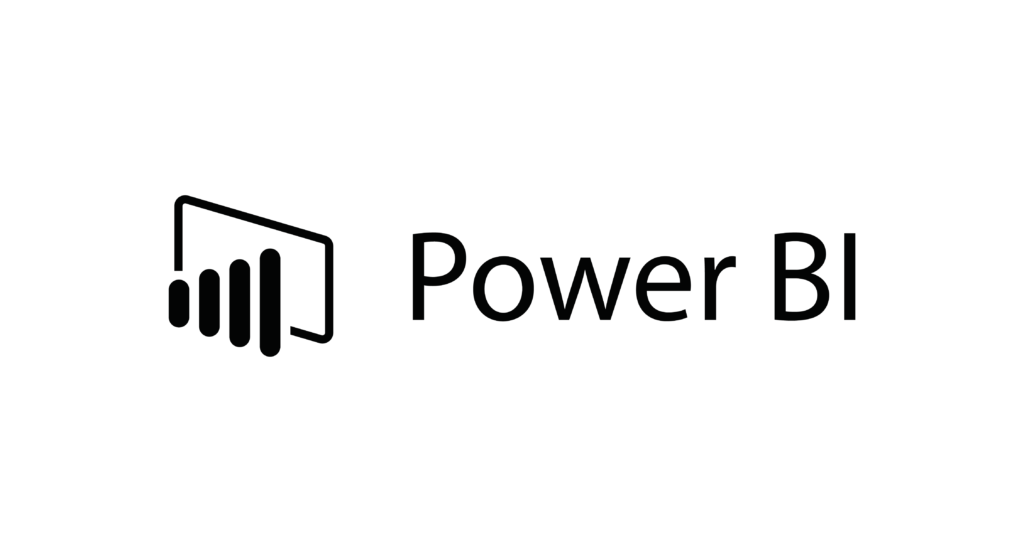
Key Features:
- Interactive Dashboards: This feature of Power BI creates interactive and shareable dashboards.
- Real-time Data Access: It allows access to real-time data from different sources.
- Custom Visualizations: You can utilize custom visuals to make data more comprehensible with this advanced Power BI feature.
Example: A retail company is using Power BI to analyze sales data from multiple stores. They created dashboards to check sales performance, inventory levels, and customer demographics in real-time. This usage allows better decision-making.
2. Databricks
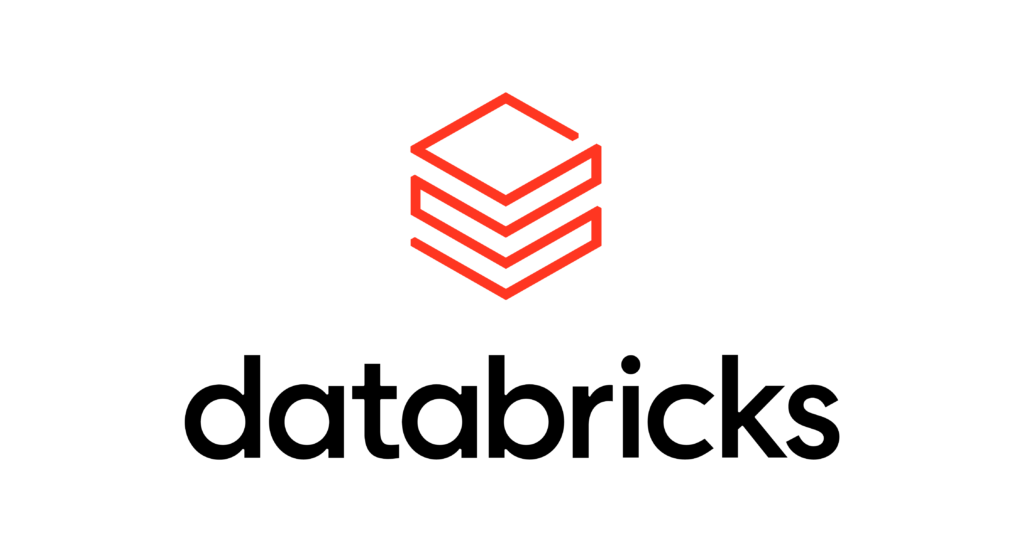
Overview: Databricks is a unified analytics platform that works efficiently to bring together data engineering, data science and machine learning. It is built on Apache Spark and provides a collaborative environment for data professionals.
Key Features:
- Unified Workspace: It combines data engineering, science and machine learning in one platform.
- Scalability: Databricks easily scale up and down based on your data processing requirements.
- Collaborative Notebooks: It shares and collaborates on notebooks in real-time.
Example: A financial services firm is using Databricks to process and analyze big volumes of transaction data to detect fraud patterns and improve customer experience.
3. SQL
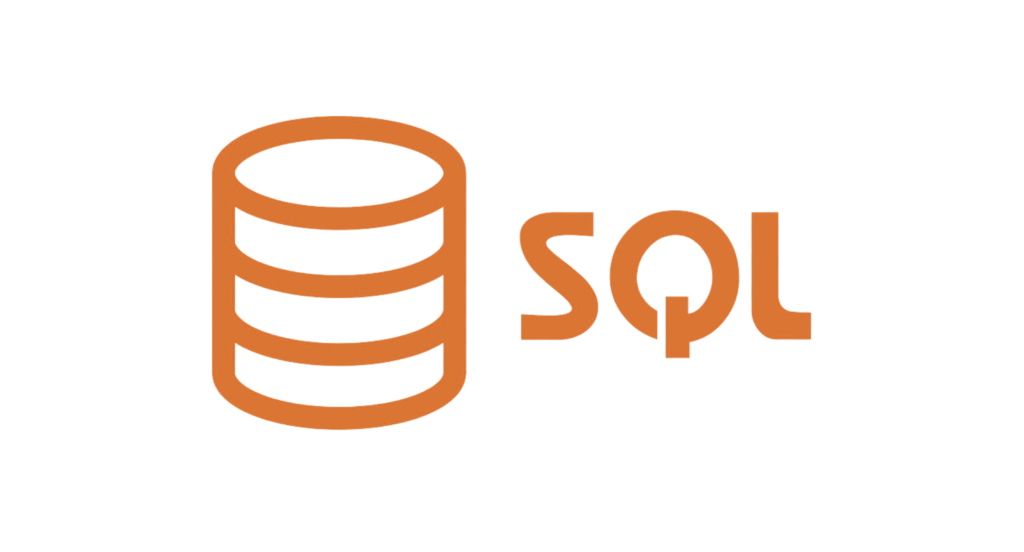
Overview: Structured Query Language is a standard language for managing and manipulating databases. It is generally used for querying, updating and managing relational databases.
Key Features:
- Querying Data: It effectively retrieves data from databases using simple and complicated queries.
- Data Manipulation: SQL is efficient to insert, update, delete, and merge data.
- Data Definition: It defines and manages database schemas.
Example: A healthcare provider is using SQL to manage patient records to make sure that data is accurately stored. Also, it helps to make sure that your data is updated and retrieved efficiently for reporting and analysis or not.
4. Snowflake
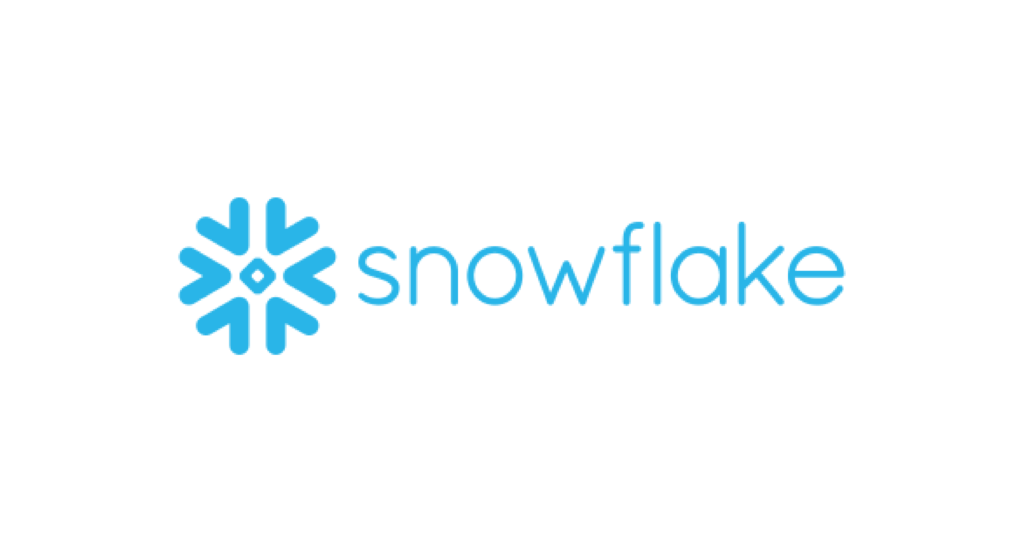
Overview: Snowflake is a cloud-based data warehousing solution. It is known for its flexibility, scalability and user-friendliness. It allows businesses to store and analyze big amounts of data without managing hardware or software.
Key Features:
- Flawless Data Sharing: It shares data securely with partners and customers.
- Scalability: Automatically it scales computer resources based on your data workload.
- Multi-Cloud Support: This feature of Snowflake allows to operate on AWS, Azure, and Google Cloud.
Example: An e-commerce company uses Snowflake to analyze customer behavior on different channels. It effectively helps them to optimize marketing strategies and improve customer engagement.
5. Amazon Web Services
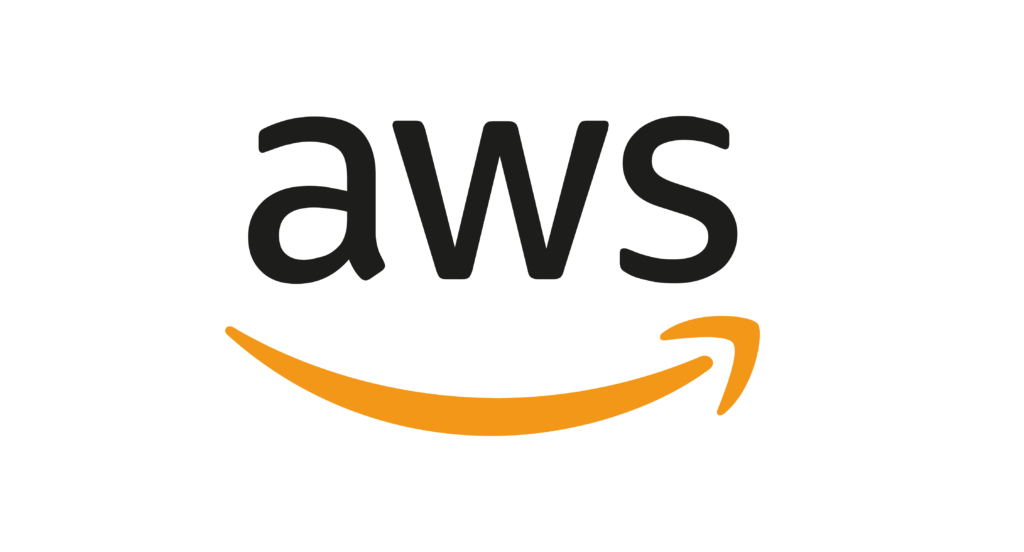
Overview: AWS provides a suite of cloud computing services that provide infrastructure, storage and analytics capabilities. It is a go-to platform for building scalable and flexible data analytics solutions.
Key Features:
- Wide Range of Services: It includes S3 for storage, Athena for querying data and Redshift for data warehousing.
- Security and Compliance: It has advanced security features and compliance with different regulations.
- Scalability: It effectively scales resources up or down according to the demand.
Example: A media company uses AWS to store and analyze streaming data from viewers. AWS allows them to personalize content recommendations and improve user experience.
6. Talend
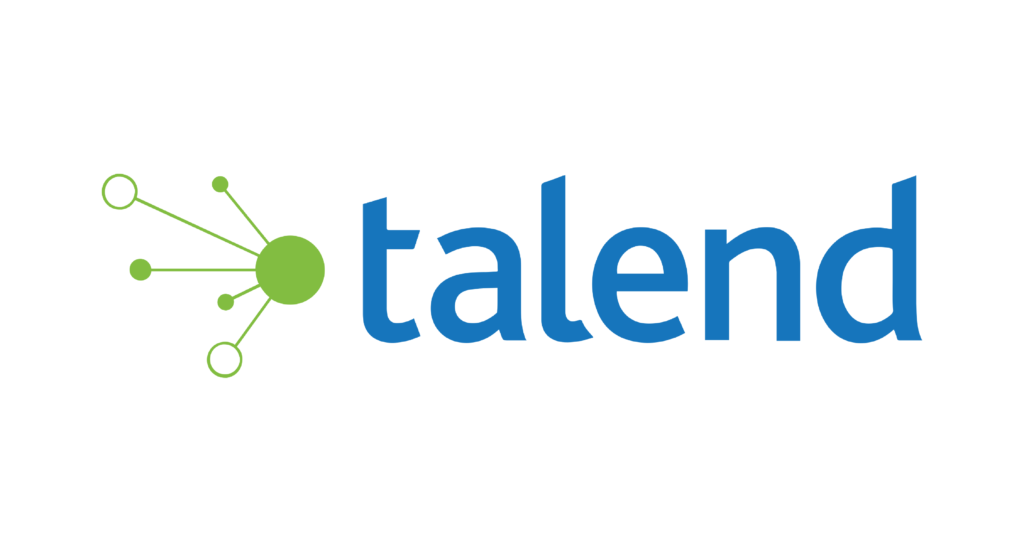
Overview: Talend is an open-source data integration tool that simplifies the process of extraction, transformation and load. It helps in converting, cleansing, and enriching data from different sources to get meaningful information.
Key Features:
- ETL Processes: It supports efficient extraction, transformation and load of data.
- Data Quality: Talend makes sure to provide data accuracy and consistency with built-in data quality tools.
- Integration: It flawlessly integrates with different data sources and destinations.
Example: A logistics company is using Talend to integrate data from different systems, providing a unified view of operations and allowing better supply chain management.
7. Postgres (PostgreSQL)
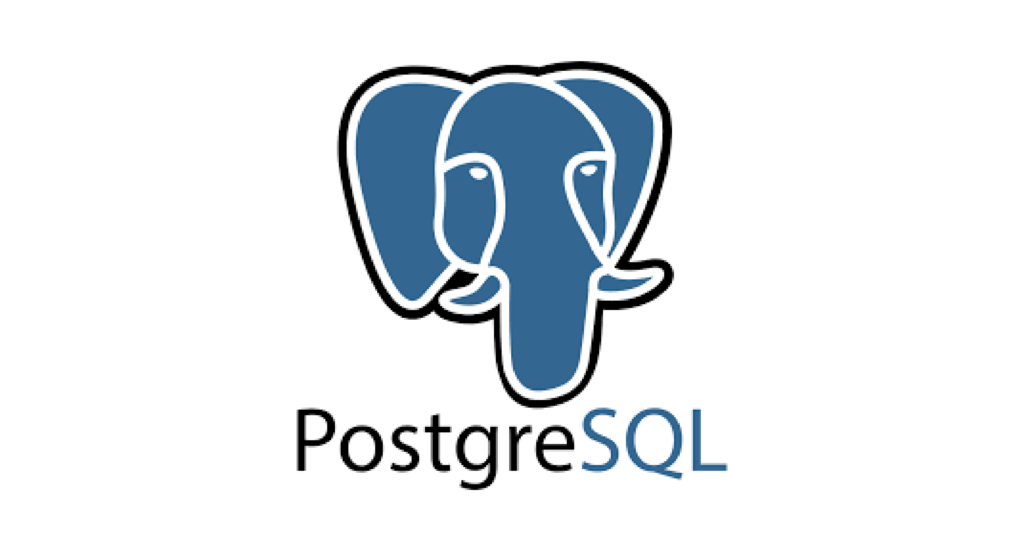
Overview: PostgreSQL is an open-source relational database management system. It is known for its reliability, feature advancements and performance. Postgres supports advanced data types and performance optimization features.
Key Features:
- Advanced Data Types: This feature supports JSON, XML and custom data types.
- Extensibility: It is highly extensible with custom functions and plugins.
- Performance: This feature is helpful to optimize complicated queries and big datasets.
Example: A startup is using PostgreSQL to manage and analyze financial transactions. It is also providing data integrity and detailed reports for compliance and business analysis.
8. Matillion
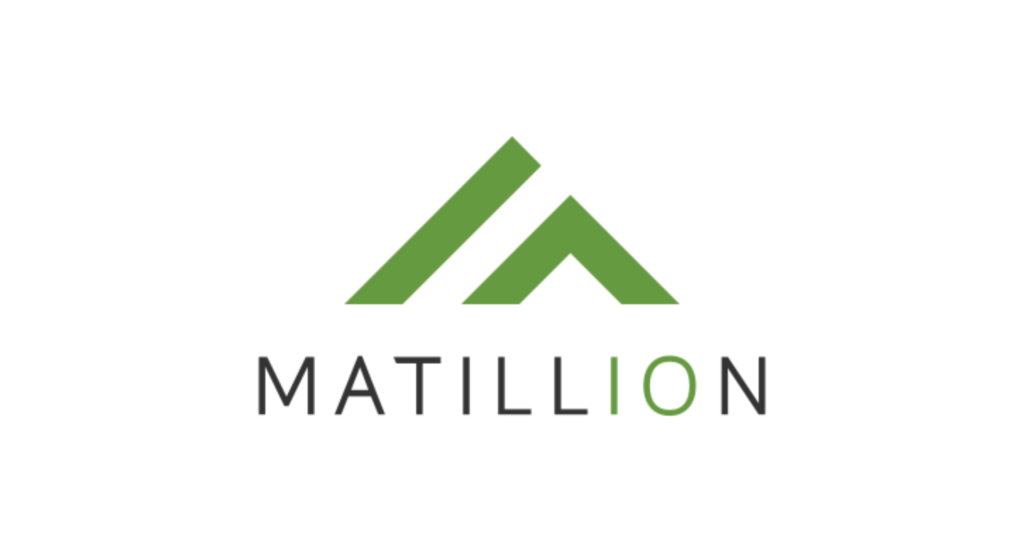
Overview: Matillion is an ETL/ELT tool that is built for cloud data warehouses for example Snowflake, Amazon Redshift and Google BigQuery. It simplifies the data innovation process by making it accessible for all users.
Key Features:
- Cloud-Native: This feature is designed to work flawlessly with cloud data warehouses.
- User-Friendly Interface: Matillion has an intuitive interface for building and managing ETL/ELT processes.
- Scalability: It easily scales as per your big data volume and processing requirements.
Example: A marketing agency uses Matillion to innovate and load marketing data into a cloud data warehouse by allowing real-time analytics and reporting on campaign performance.
Do you want to implement the data engineering frameworks with latest tools & technologies, click here .
Conclusion
Choosing the right data analytics tools and technologies can effectively impact your organization’s capability to approach information and make data-based decisions. The tools listed above are among the best in 2024. These tools provide a range of features and capabilities to fulfil different business requirements. No matter if you want to visualize data, perform complicated analysis, or integrate multiple data sources, there is a tool available that can help you achieve your goals.
Are you curious to know more about these tools? Click here to read the next listicle of this series.


